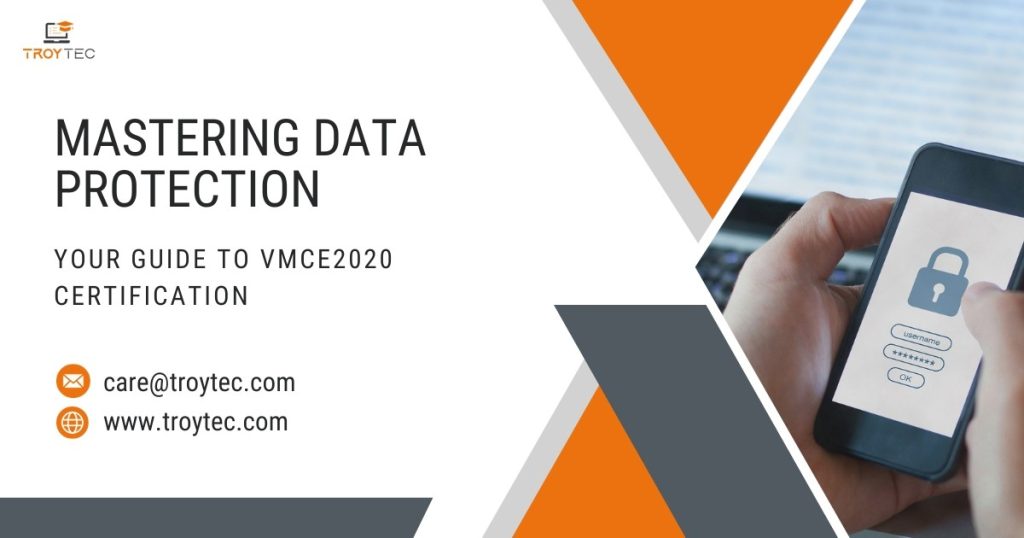Welcome to the world of data protection and privacy, where every click, swipe, and tap generates a digital footprint, and safeguarding sensitive information has never been more critical.
In this digital era, protecting personal and confidential data is paramount, making the Certified Information Privacy Technologist (CIPT) certification a beacon of expertise in the ever-evolving landscape of information privacy.
Foundational Concepts
Understanding Privacy Laws and Regulations
In the digital age, our lives are intertwined with technology, and so too are our data and privacy. To navigate this intricate web, one must first grasp the mosaic of privacy laws and regulations that govern our online existence.
Data Privacy Principles
As we unravel the layers of data protection, we encounter foundational principles underpinning the entire privacy landscape IAPP certification exam. First among these is the concept of Data Minimization – the art of collecting only what’s necessary and nothing more.
Then, there’s Consent Management, where the power of choice and control lies with the data subjects. Finally, Data Subject Rights are the cornerstone of privacy, where individuals wield the authority to know, access, and influence the use of their personal information.
Data Governance
Data Inventory and Mapping
Data governance begins with the crucial step of inventorying and mapping these treasures. It’s like creating a treasure map to navigate through a labyrinth of information. In this section, we’ll explore how to identify, classify, and visualize the data flow within your organization. It’s not just about knowing what you have; it’s about knowing where it flows and how to protect it.
Privacy Impact Assessments (PIAs)
Privacy isn’t just a checkbox; it’s a continuous process. Privacy Impact Assessments (PIAs) are the detective work of data protection, uncovering potential risks and vulnerabilities before they become crises.
Privacy by Design
Embedding Privacy into Systems and Processes
In a world where data is the lifeblood of digital systems, designing with privacy in mind is the architect’s blueprint for responsible technology. Privacy by Design is more than a concept; it’s a philosophy.
Privacy-Enhancing Technologies (PETs)
Technology isn’t just a challenge; it’s also the solution. PETs are tools and techniques that can turn your data protection dreams into reality.
Data Transfer Mechanisms
Cross-Border Data Transfers
In our universally interconnected world, information knows no lines. But when it crosses international lines, privacy regulations can become a maze. Cross-border data transfers are necessary for many organizations, and understanding the mechanisms to do this securely and in compliance with regulations is crucial.
Standard Contractual Clauses (SCCs)
The devil is in the details of contracts when it comes to ensuring data privacy during international data transfers. SCCs are the legal instruments that bridge the gap between jurisdictions, setting forth the terms and conditions for data protection.
Incident Response and Breach Management
Creating a Data Breach Response Plan
In the digital age, it’s not a matter of if but when a data breach may occur. The key to minimizing damage lies in being prepared. Crafting a well-thought-out Data Breach Response Plan is like having a fire drill for your data.
Reporting Data Breaches to Authorities
When a data breach occurs, transparency is paramount. Reporting it to the appropriate authorities is not just a legal requirement; it’s a crucial step in rebuilding trust with stakeholders. We’ll explore the intricacies of data breach notification, helping you navigate the regulatory landscape and fulfil your obligations in the event of a breach.
Vendor Management and Third-Party Risk
Evaluating Data Privacy Practices of Third-Party Providers
In this section, we’ll guide you through evaluating your vendors’ and partners’ data privacy practices, ensuring that they align with your organization’s standards.
Contractual Agreements and Data Processing Addenda
Contracts are the foundation of trust in business relationships. We’ll explore the importance of crafting robust contractual agreements and Data Processing Addenda (DPAs) that safeguard data privacy, outlining the key clauses and considerations that should be part of your contractual arsenal.
Privacy Training and Awareness
Employee Training Programs
This section will explore designing and implementing effective training initiatives that equip your workforce with the knowledge and skills needed to protect data.
Raising Privacy Awareness Across the Organization
In this section, we’ll discuss strategies for fostering a culture of privacy throughout your organization, where every employee becomes a guardian of data protection.
Study Resources and Materials
In pursuing CIPT certification, your study resources and CIPT study materials are your guiding stars. But choosing the right ones can be overwhelming with a sea of information out there. We recommend using the “ExamOut” website, where candidates can find CIPT pdf files containing CIPT dumps, CIPT exam dumps, and CIPT practice dumps.
Besides these resources, candidates can look for third-party websites providing the CIPT test engines and CIPT practice tests. Candidates should join online groups related to this field where they can find valuable resources and advice from previous test takers.
Conclusion
In a digital landscape where data is both a treasure and a liability, CIPT certification is your passport to becoming a trusted guardian of privacy. It signifies expertise, a deep understanding of privacy laws and principles, and a commitment to upholding the highest data protection standards.
In a world where data breaches can devastate organizations and erode trust, CIPT certification is your shield, your proof of readiness to safeguard data in the face of evolving challenges. It’s a career-defining step that will set you apart in the competitive field of data privacy and open doors to exciting opportunities.
